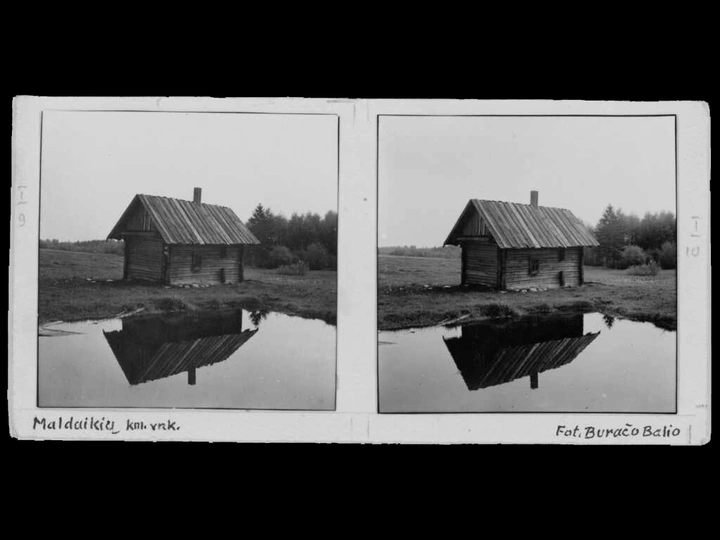Steam Commons

Saulė Miežytė
Zhi-Ray Wang
Cheng-Hsin Chan
Cheng-Hsin Chan is a Taiwanese architect and design researcher based in London, working at the intersection of climate, culture, and enclosure. He blends technical precision with poetic material experimentation to craft thermal spaces rooted in ritual and memory. His work has been exhibited at the Venice Architecture Biennale, MIT Wiesner Gallery, and the Lithuanian National Gallery of Art. Cheng holds a master’s in Architecture and Urbanism from MIT and leads environmental research at AtkinsRéalis' Building Design R&I Lab.
Saulė Miežytė
Saulė Miežytė is a Lithuanian photographer and artist based in Vilnius. Her work explores the human body corporeality, its relationship to environment and societal constructs, ritual and material memory, often through experimental photography techniques, drawings, installations and research. She holds a bachelor's degree from the Vilnius Academy of Arts and studied in the School of Fine Arts in Athens for a semester. Her work has been featured in exhibitions and festivals across Lithuania.
Zhi-Ray Wang
Zhi-Ray Wang is a Taiwanese architect and creative technologist based in the USA, working at the intersection of technology, sustainability, and society through design and research. His works have been featured in the Museum of Modern Art (MoMA), Venice Architecture Biennale,
Steam Commons is a cross-disciplinary research and design project exploring the Lithuanian sauna (pirtis) as an architecture of heat, humidity, and communal ritual. Positioned at the intersection of vernacular traditions and climate-responsive design, the project proposes revitalizing public sauna culture through a research-based publication and the potential development of an innovative, accessible, and tech-integrated sauna prototype for lakeside and riverside public spaces.
At its core, the sauna is an architectural skin—a porous enclosure that breathes heat, moisture, and communal intimacy. Yet today, traditional saunas are often perceived by younger Lithuanians as outdated or inaccessible, retreating largely into private or rural contexts. Steam Commons responds by proposing a modern, engaging sauna system integrated into public landscapes. Utilizing ecological materials, digital interfaces for personalized settings (temperature, humidity, essential oils), and embedded safety measures, the sauna becomes appealing and inclusive, inviting diverse participation.
The publication gathers historical archives, contemporary photography, environmental mappings, and spatial ethnographies, forming a multi-layered portrait of the sauna as both tradition and spatial technology. Building on this research, the proposed prototype—potentially developed with LINA collaborators and local communities—tests new forms of climate-resilient, low-carbon communal architecture, adaptable to various contexts.
Ultimately, Steam Commons offers a fresh cultural language for public saunas: one of ecological sensitivity, bodily care, communal connection, and joy, directly responding to current climate and societal needs.